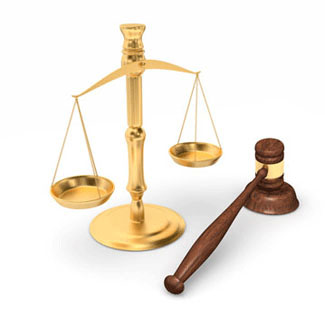
The FDA Told Reuters It Lacked The Resources To Test Cosmetics
Why did the Food and Drug Administration fail to recognize talc could contain asbestos?
Monday, April 12, 2021 - Reuters has published several hard-hitting investigative reports, spurred by the flurry of talcum powder lawsuits that have been filed, about how Johnson & Johnson has known for decades that asbestos lurked in their talcum powder and also about how the company manipulated the Food and Drug Administration (FDA) for decades to cover it up. The Reuters report centers on the following: "Since at least the 1970s, the regulatory agency (FDA) downplayed health concerns about talc in powders and cosmetics, deferring again and again to manufacturers." It took thousands of women coming forward to file lawsuits alleging that using Johnson's Baby Powder on their genitals caused ovarian cancer before the FDA started testing. The FDA purchased Johnson's Baby Powder over the counter at Walmart, Rite Aid, and CVS, having hired Maryland's independent asbestos testing service AMA Analytical Services to do their testing. Scientists at AMA found asbestos in Johnson's Baby Powder and ten other cosmetic products they tested using the more sophisticated transmission electron microscope (TEM) asbestos testing method. The TEM and polarized light microscopy allow a researcher to test large samples that nearly always uncover particles of asbestos and other hazardous elongate fibers. With this method, talc samples are liquefied and spun in a centrifuge so that the heavier particles can be separated and tested. The FDA has resisted this testing method for half a century and allowed cosmetics companies to use a less effective testing method that used a sample size so small as to guarantee that it never would find the needle in the haystack. Johnson & Johnson recalled a specific lot of 33,000 bottles of Johnson's Baby Powder from the stores as a result of the FDA's positive asbestos test. The company tested one bottle of their baby powder and declared that it was asbestos-free, except for a small amount of asbestos that probably came from an old air-conditioning unit in the room.
Johnson & Johnson's claim that their talc products are regulated by the FDA is an outright lie. Reuters investigators recently received a written explanation from the FDA that it does not require that talc be tested before, during, or after being offered for sale. Reuters wrote: "In written responses to questions from Reuters, the FDA said its resources and authority to regulate the cosmetic industry are limited. The agency said it has no power to ensure the safety of cosmetics before they are put on store shelves, nor to force companies to pull them off when potential hazards are discovered." Another key takeaway from Reuter's investigation is the FDA's admission that there is no safe level of asbestos. Johnson & Johnson's defense team has repeatedly stated that their testing only found "trace" amounts of asbestos in talc so microscopic it could be considered cosmetics grade and pure, despite scientists insisting that the smallest amount of asbestos could cause cancer. "The agency said it now recognizes, as the World Health Organization and other public health agencies did years ago, that there is no known safe level of asbestos. FDA officials said their current policy is to act swiftly - and if necessary encourage recalls - even when small amounts are discovered," Reuters told readers.
 OnderLaw, LLC -
OnderLaw, LLC -